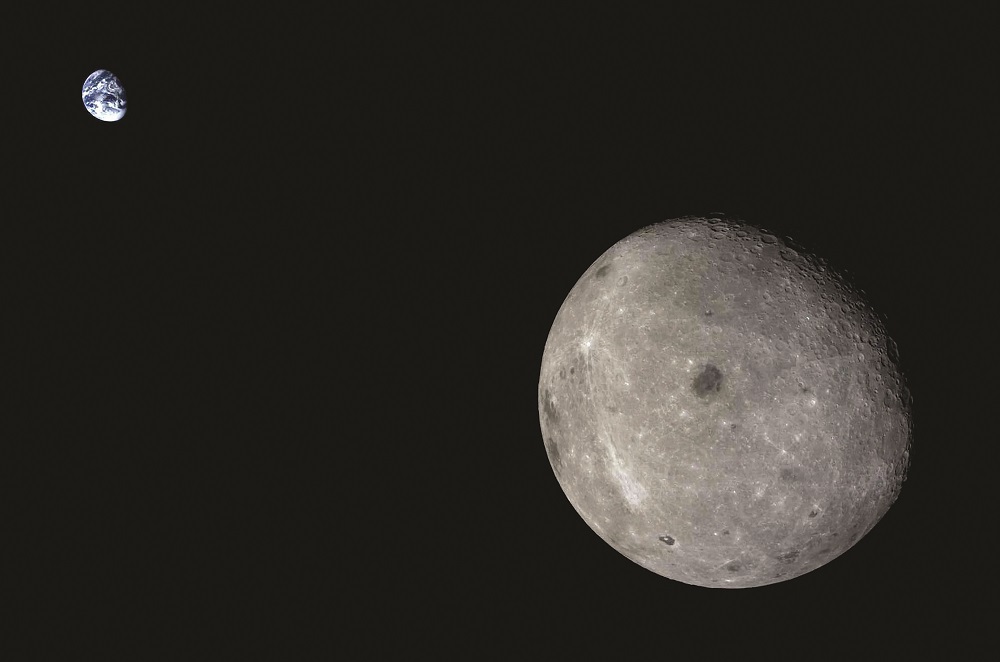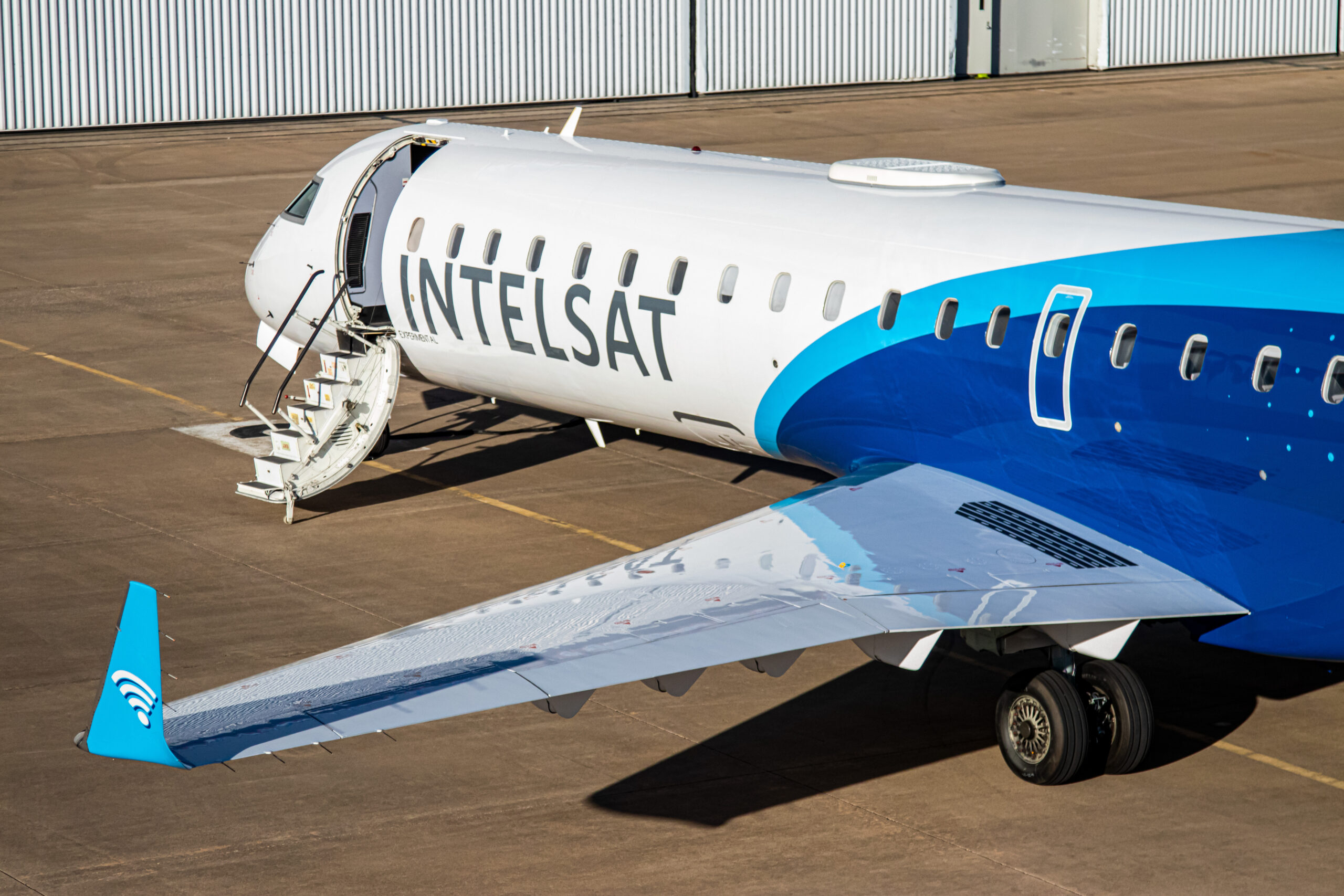HELSINKI — China is preparing to launch a pair of lunar experimental technology satellites for a planned constellation of satellites to support lunar exploration.
The Tiandu-1 and Tiandu-2 satellites are due to launch along with Queqiao-2, a lunar communications relay satellite to support upcoming Chang’e lunar far side and south pole missions.
Tiandu-1 and 2 will fly in formation in lunar orbit and conduct tests for navigation and communications technology verification. Tests will include satellite-to-ground laser ranging and inter-satellite microwave ranging methods.
The objective of the Tiandu satellites is to inform the design of China’s proposed Queqiao lunar navigation and communication constellation. That system would provide supporting services to lunar surface operations. Robotic and crewed operations on the moon, particularly at the lunar south pole—an area of intense interest—or lunar far side face line-of-sight communications limitations.
Lunar constellations including positioning, navigation and timing services are also planned by Lockheed Martin and the European Space Agency. These systems will face challenges including linking up with both ground stations on Earth and the lunar surface, integrating navigation and communications, maintaining inter-satellite links and a harsher solar radiation environment.
Early visions of China’s Queqiao constellation however envision a wider system of spacecraft stationed in circumlunar space and Earth-moon lagrange points, then expanding to form interplanetary staging stations.
The initial Tiandu tests are part of building infrastructure to support the China-led International Lunar Research Station (ILRS). That project aims to establish a lunar base in the 2030s and DSEL is active in attracting international partners. China is also aiming to put a pair of astronauts on the moon before 2030.
Establishing lunar infrastructure could provide the possibility for its developer to boost its space collaboration opportunities, soft power and space leadership.
Last year a senior Chinese space official called for the country to speed up its plans to develop lunar infrastructure or miss out on a never-to-be-repeated opportunity.
Lunar infrastructure, Tiandu payloads
China is beginning to grow its lunar infrastructure. The country already has an aging satellite orbiting Earth-moon Lagrange point 2, tens of thousands of kilometers beyond the moon. The 2018 mission supported the Chang’e-4 lunar far side lander and rover mission.
The new, larger Queqiao-2 mission will operate in frozen, elliptical orbits to support the Chang’e-4, 6, 7 and 8 missions. The Tiandu satellites will be the precursor to a larger system.
The 61-kilogram Tiandu-1 carries a Ka dual-band integrated communication payload, a laser retroreflector, a space router and other payloads. The 15-kilogram Tiandu-2 carries a communication payload.
Both Queqiao-2 and, separately, the Tiandu pair arrived at Wenchang in recent days. The multi-spacecraft Chang’e-6 probe was delivered in early January. The latter will launch on a Long March 5 rocket.
Chinese state media report that the launch of Queqiao-2 and the Tiandu sats will take place in the first half of the year. However, launch via a Long March 8 rocket from the coastal Wenchang spaceport is expected in February or March. This will allow time for commissioning of Queqiao-2 ahead of the launch of the Chang’e-6 lunar far side sample return mission around May.
The Tiandu satellites will enter translunar orbit with Queqiao-2. They will then execute a near-moon braking maneuver to enter a large, elliptical lunar orbit, Chen Xiao, chief commander of the Tiandu navigation technology test satellite at China’s Deep Space Exploration Laboratory (DSEL), told Xinhua.
A launch over the last weekend may also have carried a satellite designed to test linking up between the Tiandu satellites and low Earth orbit (LEO). The DRO-L satellite was developed by IAMCAS under the Chinese Academy of Sciences (CAS). CAS scientists last year published a paper on requirements for satellite-to-satellite tracking between satellites in LEO and distant retrograde orbit (DRO).
The Tiandu satellites are the first to be developed by DSEL, also known as Tiandu in Chinese. DSEL was established under the China National Space Administration (CNSA) in 2022 to support China’s lunar and deep space exploration plans. DSEL has also played a role in diplomacy for the ILRS.



